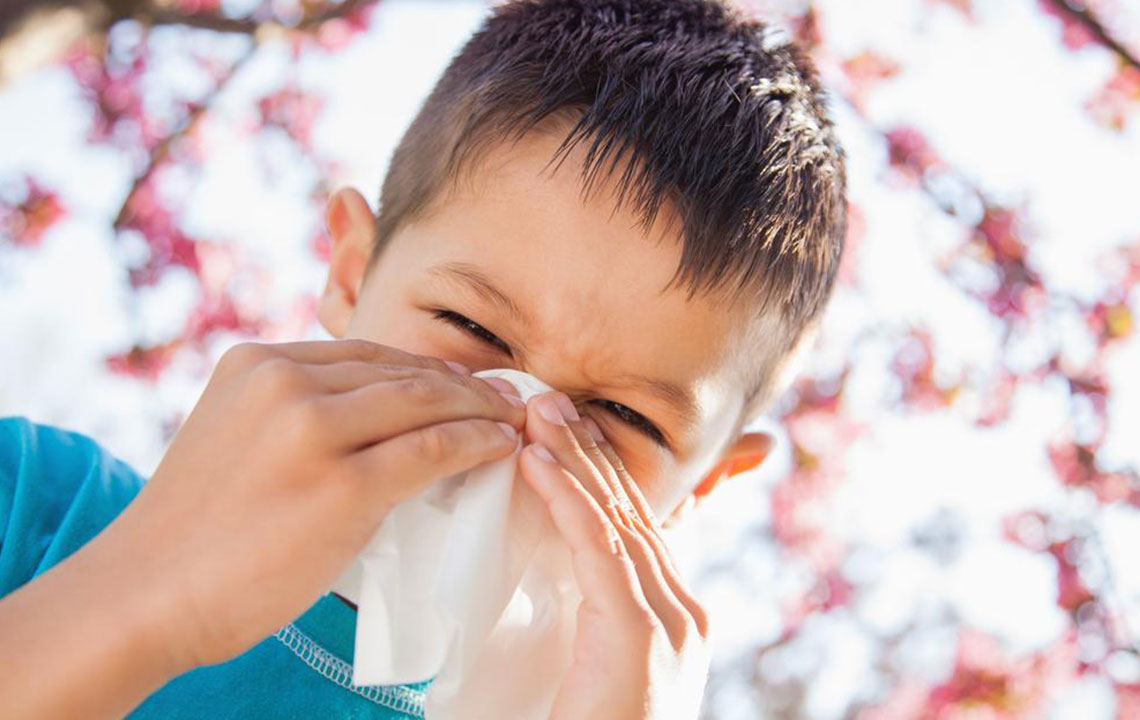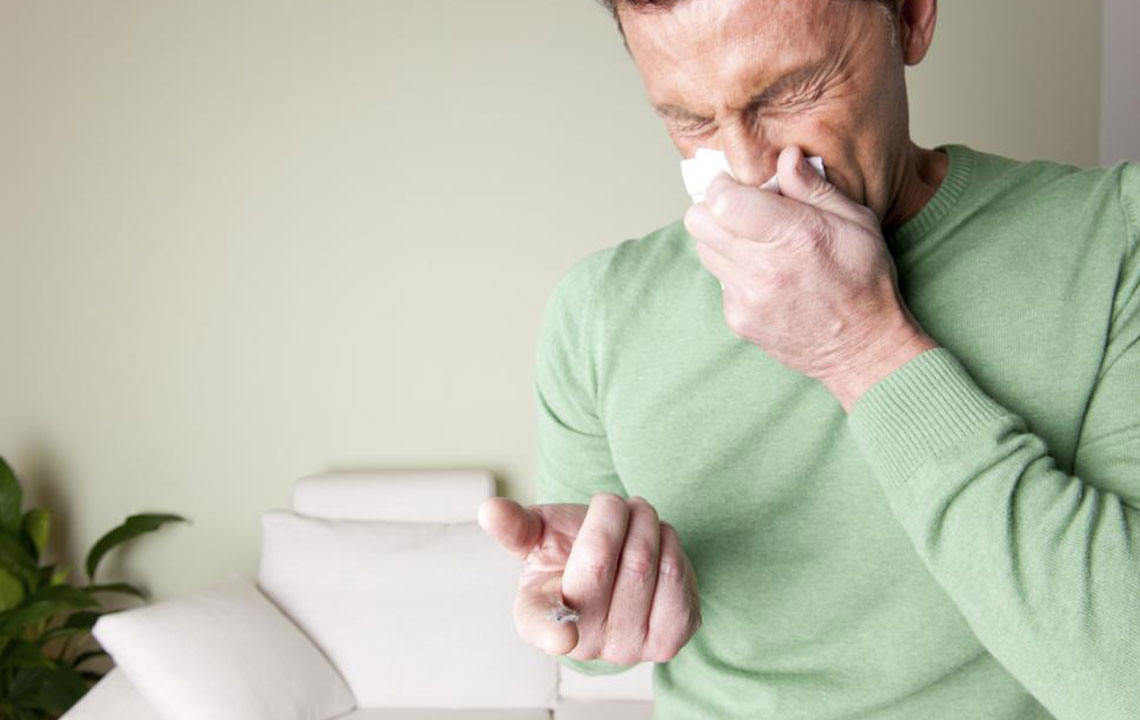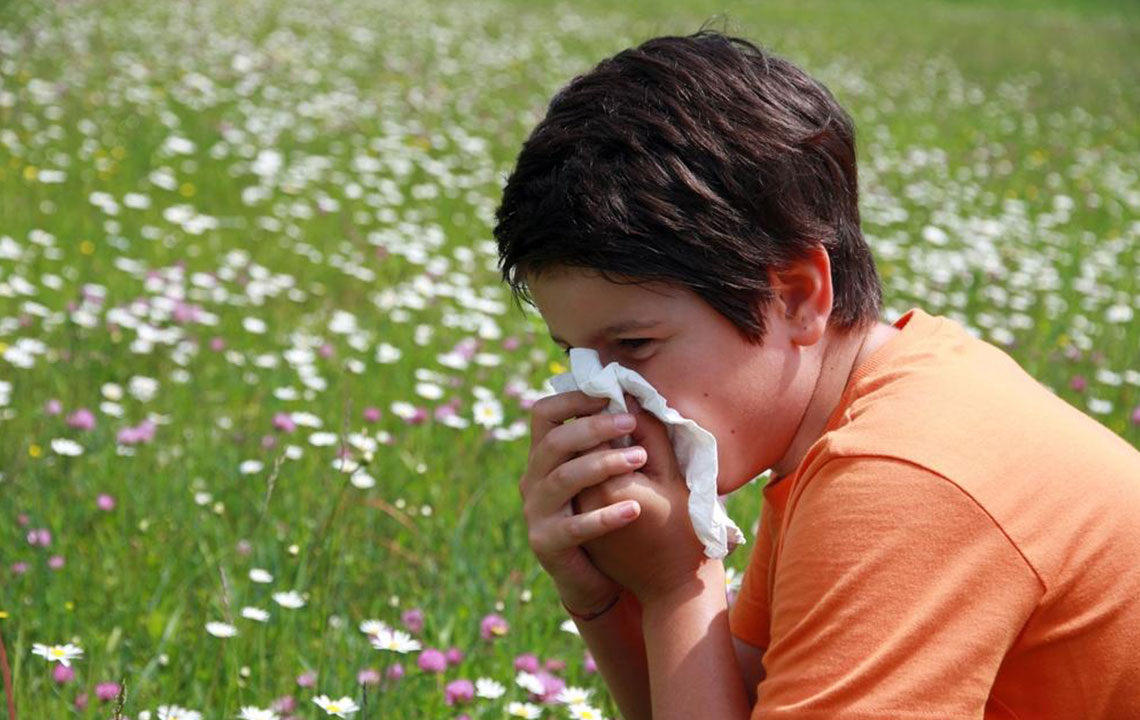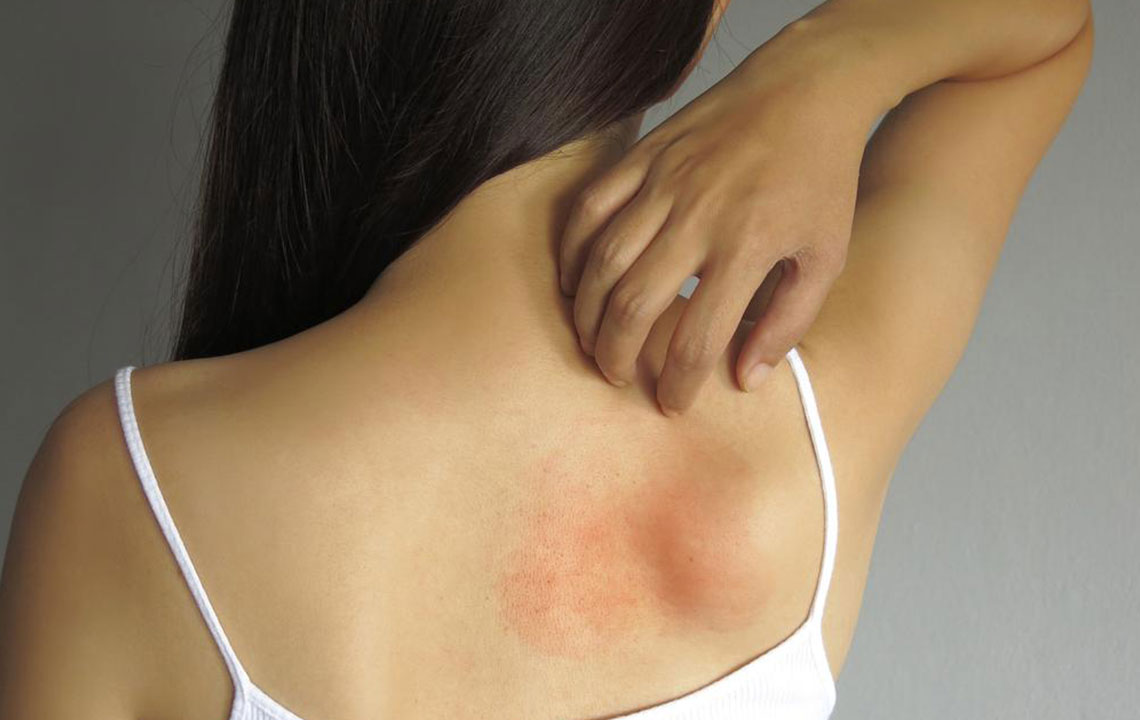Recognizing Common Signs of Mold Allergies You Should Be Aware Of
This article highlights key symptoms and causes of mold allergies, helping readers identify and address allergy issues effectively. It covers mold growth areas, how immune responses trigger symptoms, and practical prevention tips for a healthier living environment. Early detection through symptom awareness enables better management and treatment of mold-related allergies, especially during rainy and humid seasons. Consulting medical professionals is recommended if symptoms persist, ensuring timely intervention and relief.

Recognizing Common Signs of Mold Allergies You Should Be Aware Of
Are you experiencing itchy, red rashes or skin irritation that seem to appear suddenly? These could be symptoms of an allergy to mold, especially during rainy seasons. While monsoon brings relief with cooler temperatures, it also encourages mold growth, which can trigger allergies. Although mold allergies are not life-threatening, they can disrupt daily activities and reduce comfort. Understanding the key symptoms can help you identify and manage mold allergy issues effectively.
Mold spores are microscopic particles that become airborne and can enter your respiratory system, causing allergic reactions and aggravating asthma. Mold, a type of fungus, thrives in moist indoor or outdoor environments, especially when spores land on wet surfaces. Common hiding spots include basements, under carpets, or damp wall areas, often going unnoticed. Since mold spores are present year-round, allergy symptoms may flare any time, particularly in rainy or humid weather.
Causes of mold allergy mainly involve immune system hypersensitivity. When allergic individuals inhale mold spores, their immune system mistakenly identifies these as threats, prompting antibody production. Subsequent exposures lead to allergic reactions due to histamine release, resulting in symptoms such as sneezing and congestion. Diagnosing mold allergy can be challenging because reactions vary depending on the mold types. Persistent symptoms like watery eyes, nasal blockage, and frequent sneezing warrant medical consultation for accurate diagnosis and treatment.
Typical signs of mold allergy include:
Runny or stuffy nose
Itchy, watery eyes
Postnasal drip
These symptoms often resemble common colds or sinus infections. When combined with asthma, mold exposure may worsen chest tightness, coughing, and breathing difficulties. Children may also exhibit allergy symptoms from outdoor mold exposure or unrecognized indoor mold sources, especially in schools or playgrounds.Additional mold-related health issues can include:
Chronic fatigue and muscle weakness
Difficulty concentrating and headaches
Joint pain, tingling skin, or numbness
Shortness of breath and sinus congestion
Changes in appetite and mood swings
These symptoms can overlap with other conditions, so early detection is essential. Noticing symptoms like feeling unwell on humid days, nausea after yard work, or discomfort in damp environments may indicate mold exposure.Preventing and managing mold allergies involves recognizing these signs and minimizing exposure. If symptoms persist, consulting a healthcare professional can provide targeted treatment. Staying vigilant about moisture control and maintaining a mold-free environment can significantly improve quality of life.










